The Art of Wooden Utensils and How to Make Them
Discover the charm of wooden utensils and learn how to make your own step-by-step. Enhance your kitchen with eco-friendly, durable, and timeless tools crafted with care.
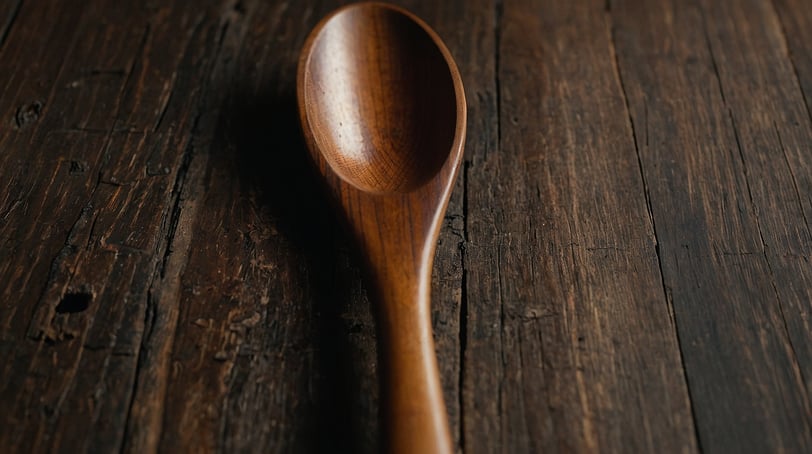

When it comes to kitchen tools, there’s just something special about wooden utensils. They’re timeless, durable, eco-friendly, and they bring a warm, natural touch to any kitchen. Whether you’re a seasoned woodworker or just getting started with DIY projects, making your own wooden utensils can be an incredibly rewarding experience. In this blog, I’ll share why I love wooden utensils, the different types you can make, and guide you through a simple step-by-step process for crafting your very own.
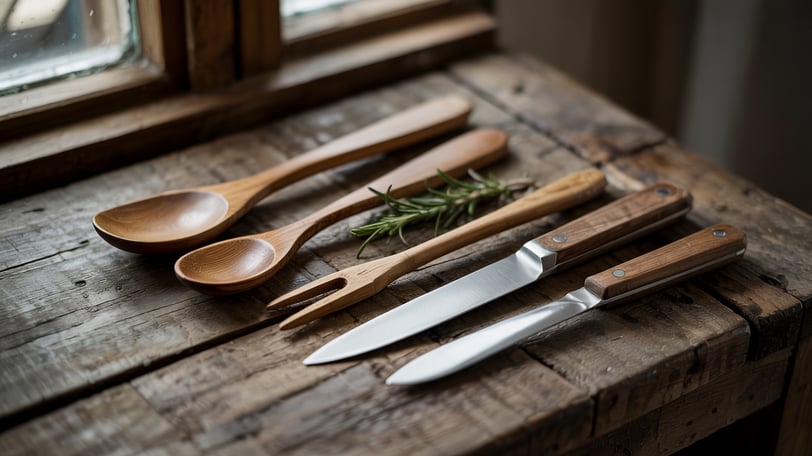

Why Choose Wooden Utensils?
Durability and Longevity
Wooden utensils are incredibly durable and can last for many years with proper care. Unlike plastic utensils that can break or melt and metal utensils that can rust or scratch cookware, wooden utensils remain sturdy and reliable over time.
Gentle on Cookware
Wooden utensils are perfect for non-stick and delicate cookware. They won’t scratch or damage surfaces, making them ideal for stirring, flipping, and serving food without harming your pots and pans.
Heat Resistance
Wooden utensils can withstand high temperatures without conducting heat, which means they stay cool to the touch even when left in hot dishes. This makes them safer to use than metal utensils, which can become dangerously hot.
Eco-Friendly Choice
Choosing wooden utensils is a step towards a more sustainable lifestyle. Wood is a renewable resource, and when sourced responsibly, it has a much lower environmental impact compared to plastic or metal.
Aesthetic Appeal
The natural beauty of wood adds a rustic charm to any kitchen. Wooden utensils come in a variety of shapes, sizes, and wood types, each with its own unique grain pattern and color, making them not just tools, but pieces of art.
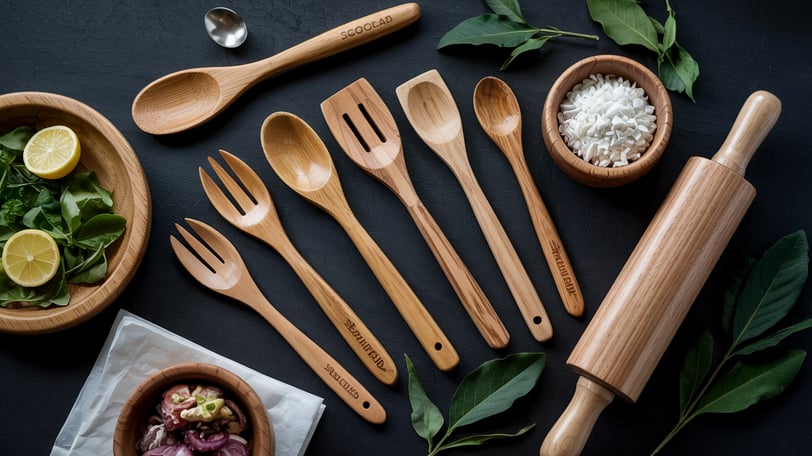

Types of Wooden Utensils
There are various types of wooden utensils, each designed for specific kitchen tasks. Here are some of the most common ones:
Spoons: Perfect for stirring, serving, and tasting. Wooden spoons come in different shapes, including flat, round, and slotted.
Spatulas: Ideal for flipping, scraping, and spreading. Wooden spatulas can be flat or curved.
Tongs: Useful for grilling and serving. Wooden tongs provide a firm grip without transferring heat.
Salad Servers: Typically a matching set of a fork and spoon, designed for tossing and serving salads.
Rolling Pins: Essential for baking. Wooden rolling pins can be straight or tapered.
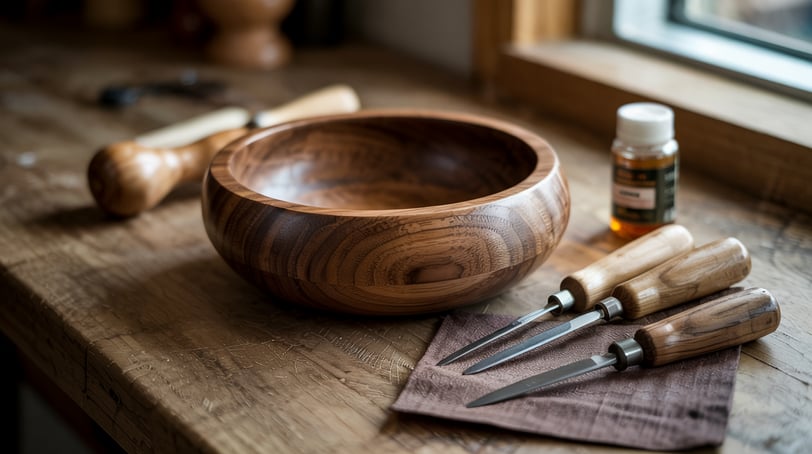

How to Make Wooden Utensils
Creating your own wooden utensils is a rewarding project that allows you to personalize your kitchen tools. Here’s a step-by-step guide to get you started:
Materials and Tools
Wood: Choose a hardwood like maple, cherry, or walnut. These woods are durable and food-safe.
Saw: For cutting the wood into rough shapes.
Carving Tools: Such as a carving knife, gouge, and chisel.
Sandpaper: Various grits for smoothing the wood.
Food-Safe Finish: Like mineral oil or beeswax.
Step-by-Step Guide
Select Your Wood: Start with a piece of hardwood that is free of cracks and defects. A piece measuring approximately 12 inches by 3 inches by 1 inch is a good starting point for most utensils.
Draw Your Design: Sketch the outline of your utensil on the wood. Simple designs are best for beginners. For a spoon, draw the bowl and handle.
Cut the Rough Shape: Use a saw to cut out the rough shape of your utensil. Follow your outline as closely as possible, but don’t worry if it’s not perfect.
Carve the Details: Use carving tools to shape the utensil. Start with the bowl of the spoon, using a gouge to hollow it out. Then, refine the handle and edges. Take your time and work slowly to avoid mistakes.
Sand the Utensil: Once you’re satisfied with the shape, sand the utensil to smooth out any rough edges. Start with coarse-grit sandpaper and progress to finer grits. Sand until the surface is smooth to the touch.
Apply a Finish: To protect the wood and enhance its appearance, apply a food-safe finish. Mineral oil and beeswax are good choices. Rub the finish into the wood, let it soak in, and then wipe off any excess.
Final Touches: After the finish has dried, give the utensil a final sanding with fine-grit sandpaper if necessary. Ensure there are no rough spots or splinters.
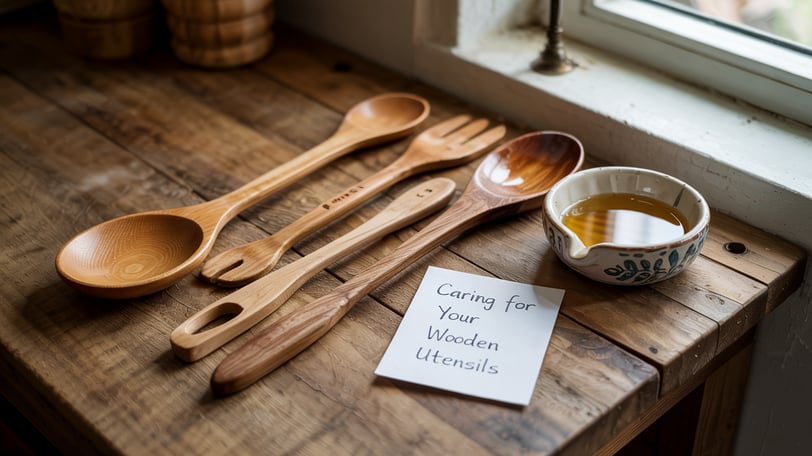

Caring for Your Wooden Utensils
To keep your wooden utensils in top condition, follow these care tips:
Hand Wash Only: Avoid putting wooden utensils in the dishwasher, as the heat and moisture can cause them to warp or crack. Instead, wash them by hand with mild soap and warm water.
Dry Thoroughly: After washing, dry the utensils immediately with a towel and let them air dry completely before storing.
Regular Oiling: Periodically apply a food-safe oil or beeswax to keep the wood from drying out and cracking. This also helps to maintain the wood’s natural beauty.
Avoid Soaking: Don’t leave wooden utensils soaking in water for extended periods, as this can weaken the wood and lead to damage.
Inspiring Project Ideas
Once you’ve mastered the basics, you can expand your repertoire with these project ideas:
Personalized Cooking Spoons: Carve names or decorative patterns into the handles for a custom touch.
Salad Serving Sets: Create matching sets of salad servers that can be given as gifts.
Decorative Spatulas: Experiment with different shapes and designs, such as angled edges or curved handles.
Unique Rolling Pins: Try making a French-style rolling pin, which tapers at the ends and is perfect for pastry work.
Wooden utensils are a great addition to any kitchen, blending practicality with natural beauty. I love the idea of making my own—creating personalized, eco-friendly tools that can last for years. With the right materials, tools, and techniques, I can craft utensils that aren’t just useful but also little works of art. Whether I’ve been woodworking for years or I’m just starting out, this hobby is an amazing way to unleash creativity and express myself.
